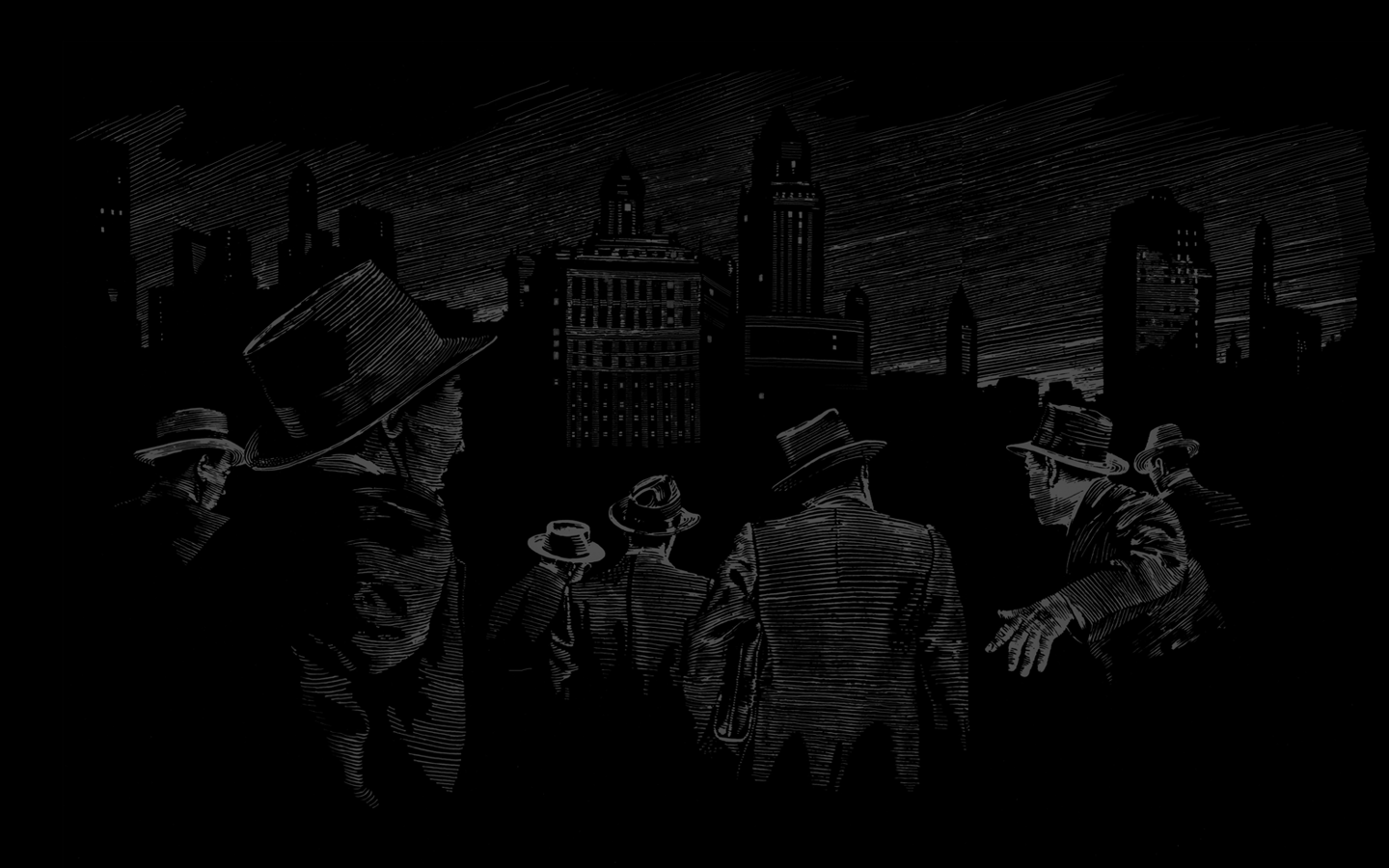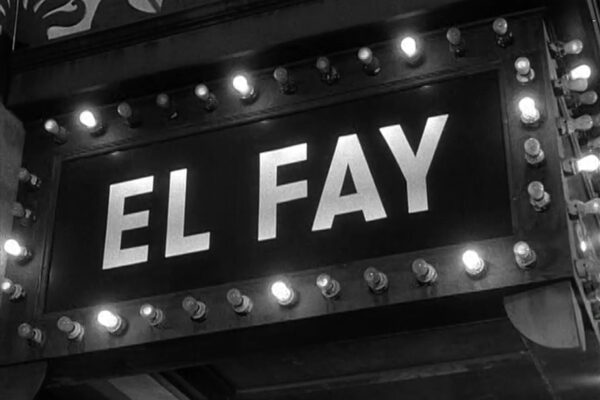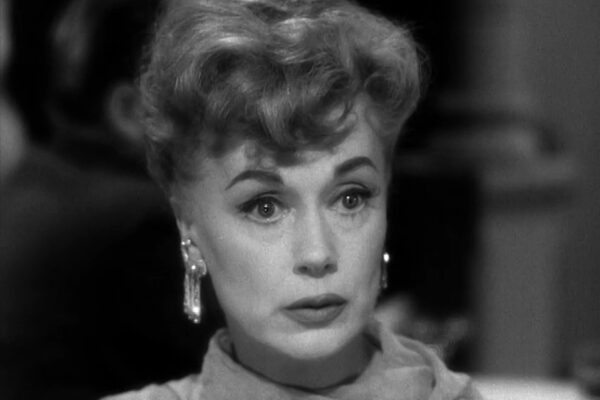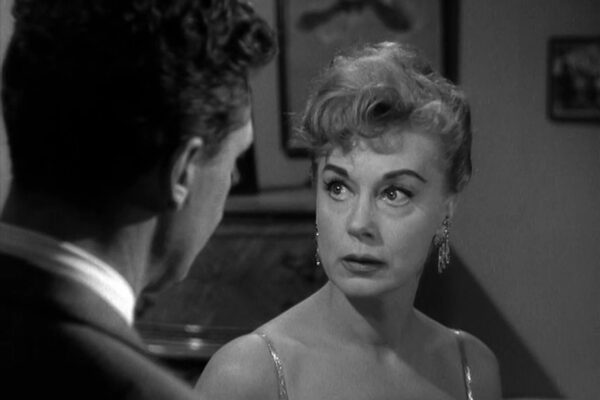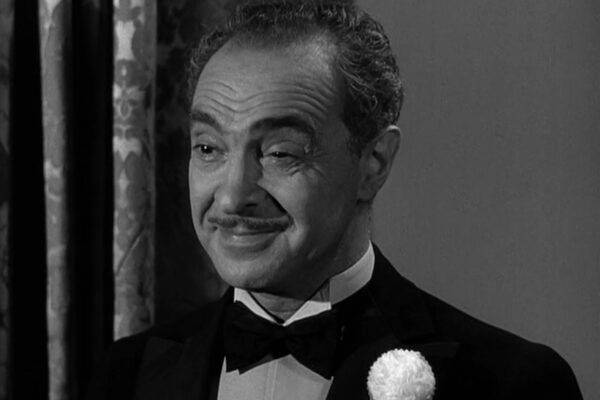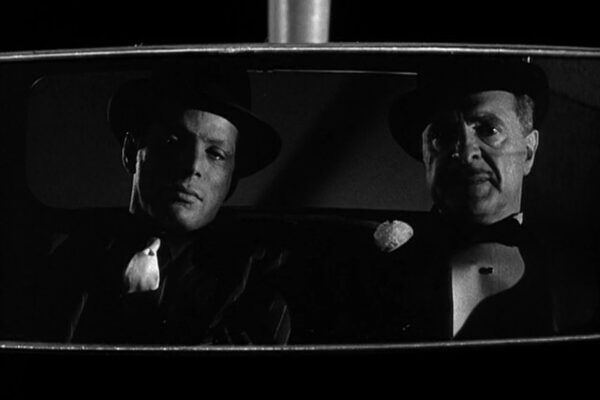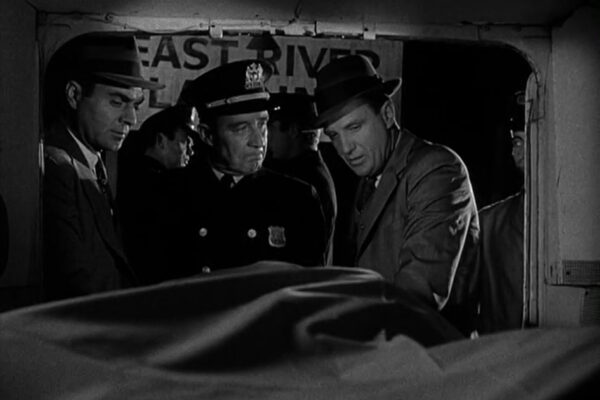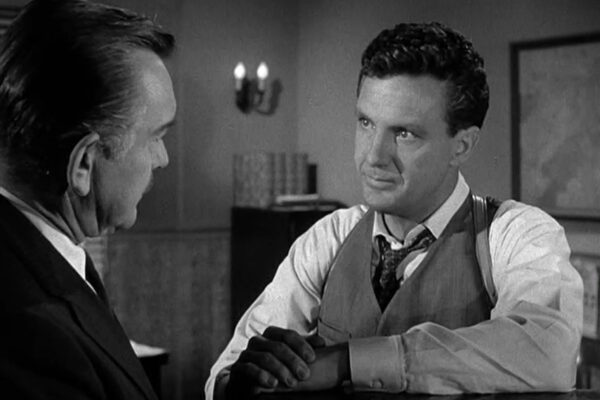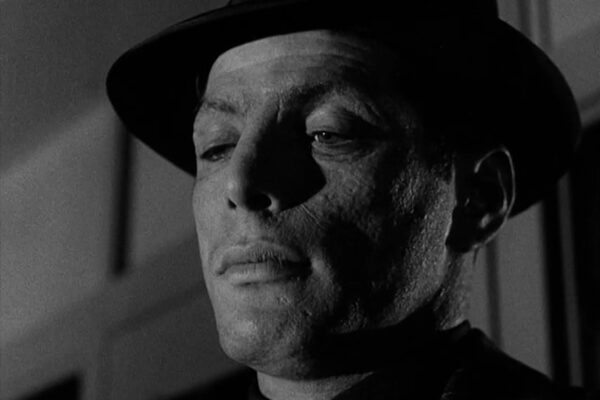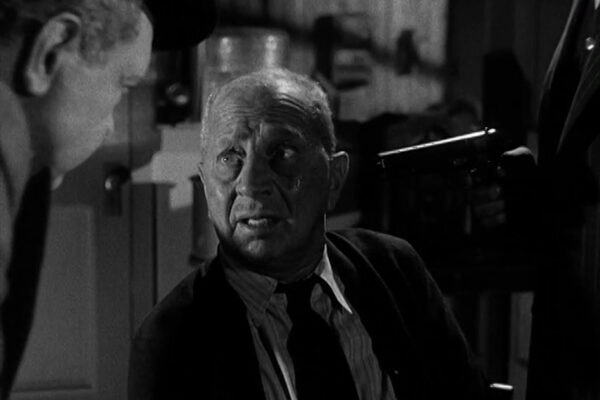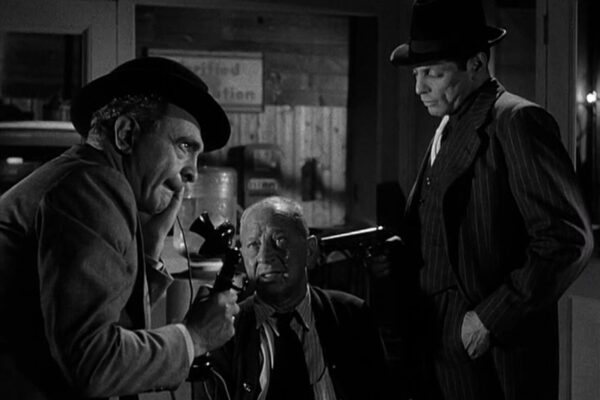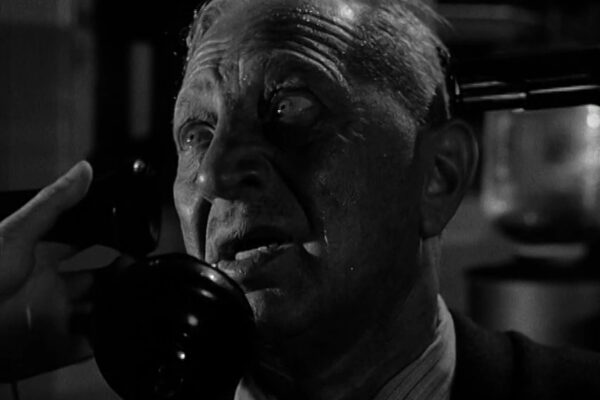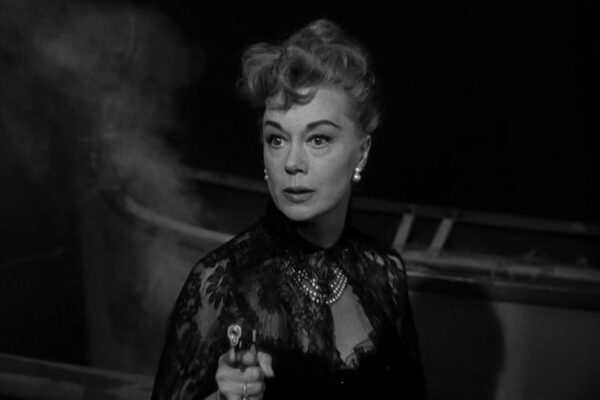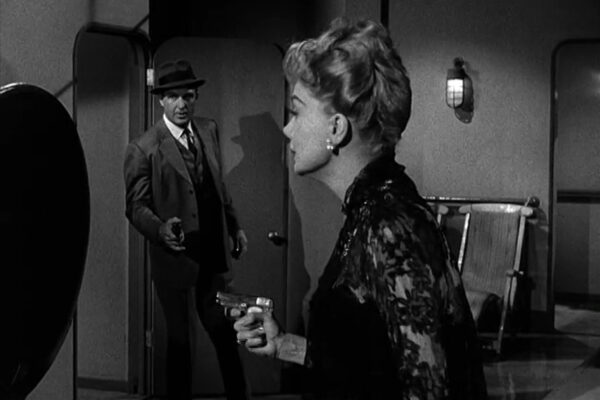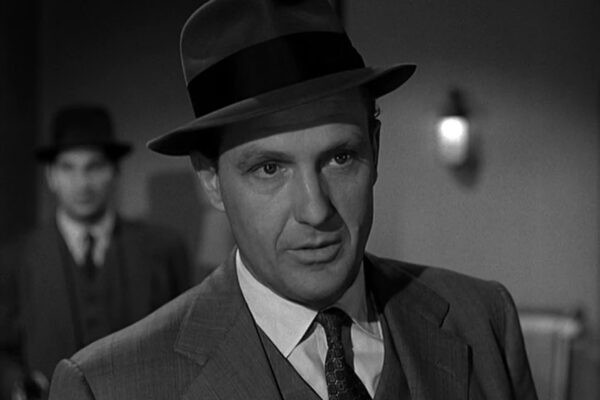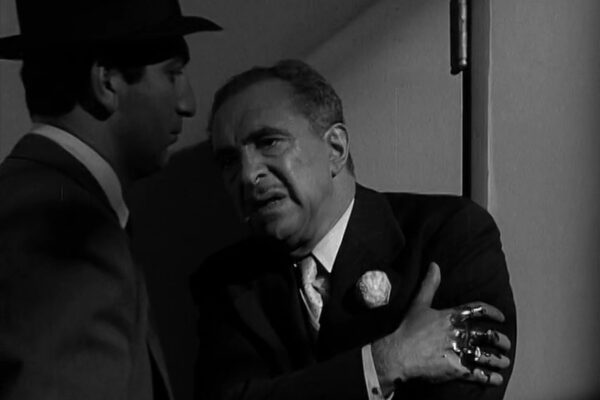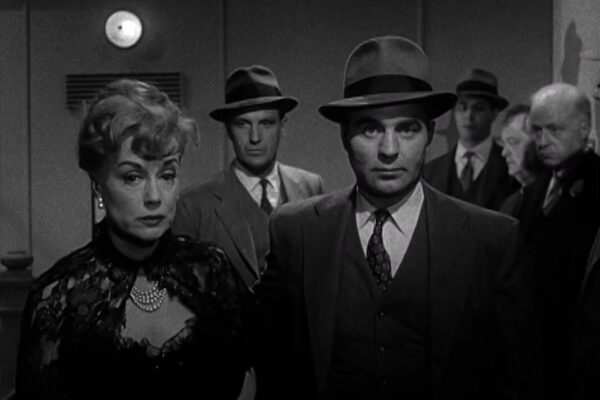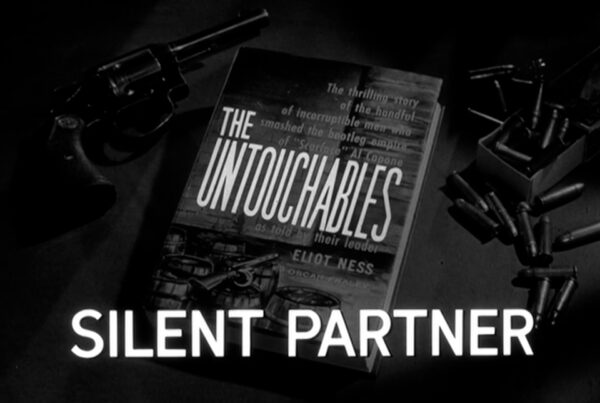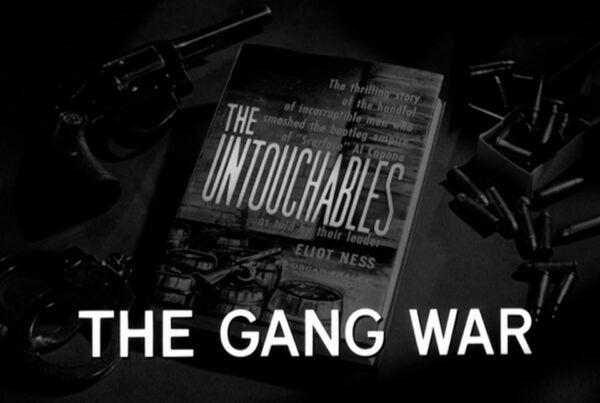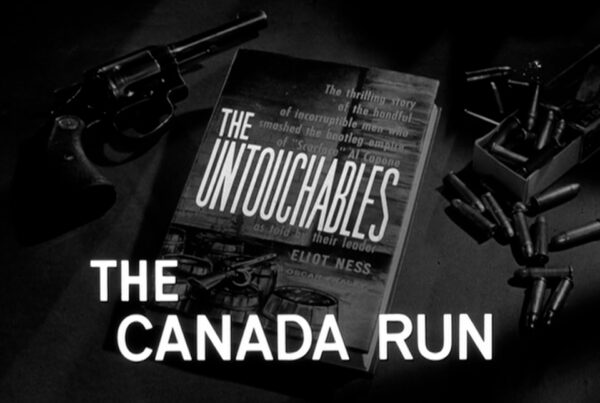THE LARRY FAY STORY
Airdate: December 15th, 1960
Written by Harry Essex
Directed by Walter E. Grauman
Produced by Josef Shaftel
Director of Photography Charles Straumer
Special Guest Star June Havoc
Co-starring Sam Levene, Larry Gates, Robert Emhardt.
Featuring Robert Karnes, Tommy Cook, Francis De Sales, Allen Jaffe, Jay Adler.
“1931. Business, racketeer style. The business: milk. The tycoon: Capone student Larry Fay. He matriculated from cabs to beer to milk, which had been selling at ten cents a quart. Although on those dark depression days even that was a high price. Fay succeeded by organizing certain unscrupulous milk companies into a monopoly and raising the price of milk as much as three cents a quart. Two of those cents went to Fay. Stores that refused to deal with the new monopoly were shown the Capone method. For the majority of respectable milk companies who stuck to fair prices, in spite of threats and warnings from Fay, disasters piled up one on top of another in actions that threatened the highways off our states. The style was Al Capone, but the signature was Larry Fay. One of those who refused to tremble before Fay was Wayne Owens, whose family had headed a small but successful dairy company for 100 years. “
Night club owner Larry Fay (Sam Levine), sets up a price-fixing scheme that puts money in his pocket and fear in the dairy industry. Ness attempts to get Fay by cultivating his friendship of sorts with Fay’s girlfriend, entertainer Sally Kansas (June Havoc), who is convinced that Fay has nothing to do with the rackets until her brother is found murdered.
“Sally Kansas, after serving 2 years of a ten-year sentence for attempted homicide, went on to a bigger and better nightclub career, and Eliot Ness had his ace witness in Fred Stegler. When the milk probe opened on the 4th of May, 1931, Mr. Stegler talked freely and well enough to put those responsible for the monopoly behind bars for years to come. As for Larry Fay, he died the way he was born – crying. “
REVIEW
But enough about beer. Milk is the beverage in question here and this story of the collusion between gangsters and legitimate business does have a certain ring of believably. Larry Fay goes off the deep end and has his girlfriend’s younger brother, Tommy (Tommy Cook), knocked off instead of showing him the error of his ways and making a real grown-up gangster out of him. This, of course, is the move that brings down his house.
While June Havoc adds a great deal of class to this hour, the script is under-cooked save for its clever closing Winchell narration, and both the character of Larry Fay and the episode is unmemorable.
QUOTES
SALLY: I’ll believe it when you do. And until then you’re just a federal cop with four flat feet, who likes to kick up the mud and doesn’t give a hoot who it hits.
OBSERVATIONS
Technically minded film fans will take note that the theme music used for the second of four lead-in commercial bumpers is a variation that was used on this single occasion and never repeated.
HISTORICAL NOTES
Larry Fay was a well-known Irish gangster who netted 47 arrests for petty crimes and left behind a life of bootlegging to conspire against the milk industry and run night clubs (including El Fey), where silent film actress Texas Guinan would entertain in much the same way that Sally Kansas does in this episode. (Fay was also married to Evelyn Crowell, a showgirl, making the character of Sally Kansas a bit of a composite character.)
Fay was indicted by the New York Attorney General, along with Waxey Gordon and Dutch Schultz, among others, and was acquitted. In 1932, he was unceremoniously shot by his doorman on New Year’s Eve and died the next day.
.


